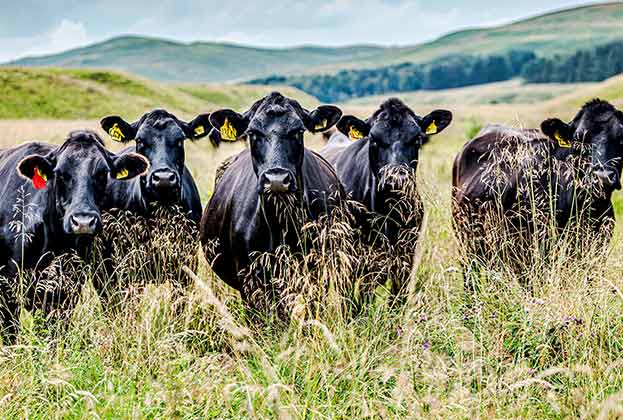Proposed policy changes are likely to target the entire supply chain to achieve optimal outcomes. Opportunities will arise for those looking to work collaboratively
Consumers are becoming more alert to the provenance of their food and the impact of their consumption choices. They have become more willing to buy added value products that tap into their values, communicate quality, or offer other benefits such as convenience. In response, the supply chain is developing more branded products and selling a story to capture additional value.
Retaining and building consumer trust is essential to the long term viability of the sector. Investment in lowering environmental impact, high ethical standards and premium product quality may increase costs in the short term but are likely to become costs of market entry. Increasing collaboration and transparency across the supply chain will help account for this fairly and go some way to realigning consumer price expectations. However, all stakeholders can spread the load by driving extra value.

PRODUCERS
Significant value is added to red meat beyond the farm gate. According to the AHDB, UK farmers sell their red meat for a total of £4.25 billion and it is then processed to achieve a wholesale value of £11.3 billion (including a net £0.9 billion contribution from import/export balance). This 260% mark-up shows there is potential for producers to capture additional value. Lobbying for the basis of pricing to be switched from subjective carcass assessments to objective quality measurements would help close the gap and pass value back to those producing a product meeting consumers’ desires. Producers can also add value by diversifying into direct retail, or seize an opportunity that the Agriculture Bill is due to provide in England, to build their market power and potentially develop branded produce by collaborating with other farmers to form a Producer Organisation (PO). The PO designation allows exemptions from certain competition laws, but has historically been restricted to the fresh fruit and vegetable sector. It is credited with the rapid growth of UK soft fruit production over the last 20 years.
PROCESSORS
Efficient, profitable processors are an essential part of the supply chain and the longevity of the sector. Their future looks challenging, with lower throughput increasing marginal costs as well as the increasing difficulty of accessing affordable skilled and unskilled labour. According to the British Meat Processors Association, on average 70% of a processor’s workforce are EU workers. The UK’s points based immigration system will favour skilled workers, roles with a salary over £25,600 and roles that are listed on the ‘shortage occupations list’. The proposed list does not include any meat processing roles, where 60% of the workforce are classed as unskilled. However, these roles have been acknowledged as key roles under the new coronavirus measures. Cooperative partnering with processors or cost plus margin processing agreements may offer opportunities to leverage a branded product and ensure processor supply is maintained. Investment in data, innovation and technology disruptors are essential in managing businesses and boosting profitability.
RETAILERS
Retailers hold enormous power in the supply chain and are largely responsible for balancing sales volume with the best possible price point per cut. While greater price transparency can always be demanded from premium product lines, the cheaper end of the market is perhaps of greater significance as the product often comes at greater cost than what is seen on the label. There is a shift to supply chains working with producers who can prove their environmental credentials, but without necessarily paying them any more to do so. Understanding the value of on-farm sustainability metrics in gaining higher margin market access is increasingly important, particularly as net zero and shareholder activism drives change in corporate behaviours.
FOOD SERVICE
Food service offers plenty of opportunity to drive innovation and value by showcasing the potential of red meat. However, it must first overcome the major disruption related to coronavirus. Widespread closures of restaurants and large franchise chains force significant volumes of beef and sheep meat back onto the open market. McDonald’s alone source on average 4,100 tonnes of British and Irish beef monthly and any extended closure could prove troublesome for producers unless retail demand responds accordingly. Realigning a disjointed supply chain needs stakeholder collaboration to find a profitable solution for all.
Read the other articles within Spotlight: Red Meat Outlook below
.jpg)

.jpg)


